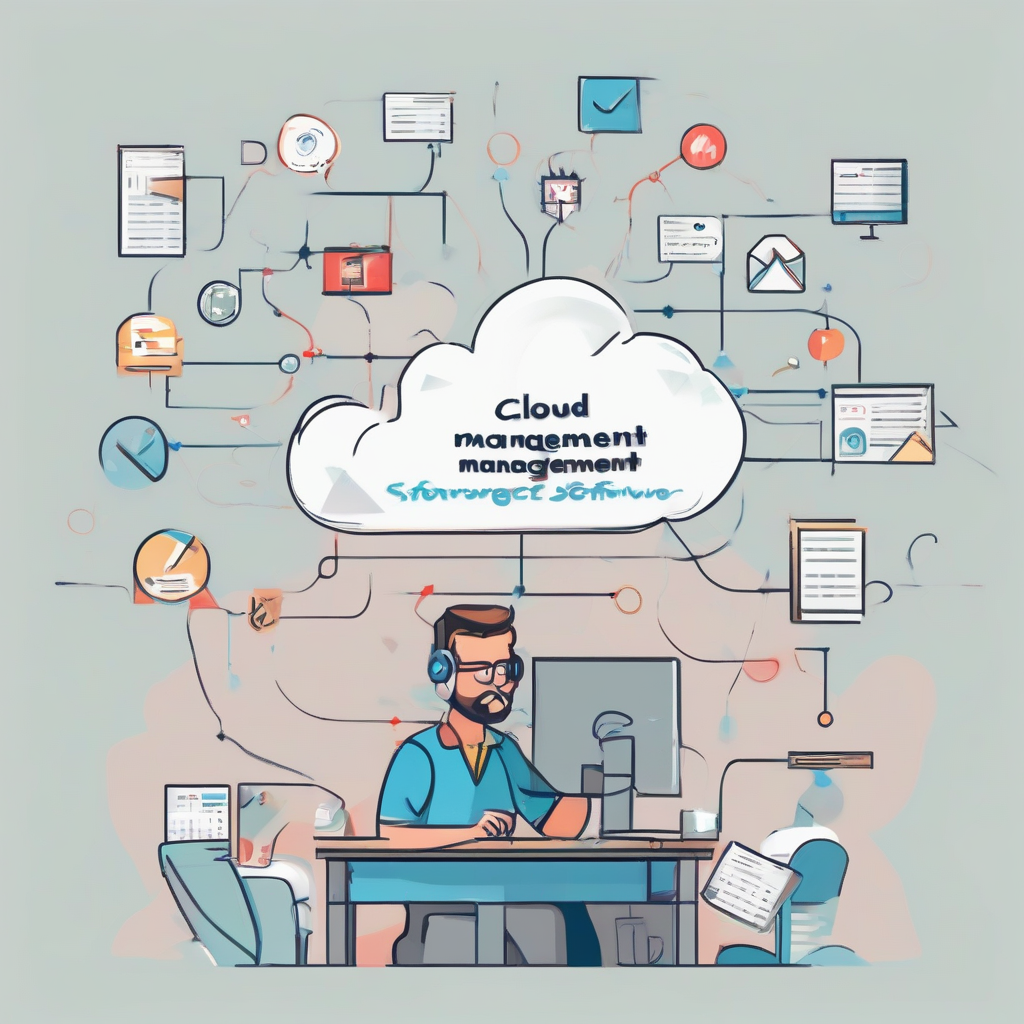Cloud-Based Project Management Software: The Ultimate Guide

Cloud-Based Project Management Software: The Ultimate Guide
What is Cloud-Based Project Management Software?
Cloud-based project management software, sometimes referred to as online project management tools, is a category of software applications that helps teams collaborate, manage tasks, and track progress on projects—all from the convenience of the cloud. This means the software and its data reside on remote servers, accessible via the internet from any device with an internet connection.
Key Features of Cloud-Based Project Management Software
- Task Management: Create, assign, prioritize, and track tasks with due dates, dependencies, and progress indicators.
- Collaboration Tools: Facilitate real-time communication through features like chat, forums, and shared notes.
- Project Planning: Use Gantt charts, Kanban boards, or other visual methods to plan project timelines and dependencies.
- Resource Management: Allocate resources (team members, budget, time) effectively across projects.
- Time Tracking: Monitor time spent on tasks to improve efficiency and track project budgets.
- Reporting and Analytics: Generate reports and visualizations to track project progress, identify bottlenecks, and make informed decisions.
- Document Management: Store and share project documents, presentations, and files securely.
- Integration with Other Tools: Connect with popular apps and services like email, calendars, and other business tools.
- Security: Securely store data with robust encryption and access controls.
- Scalability: Adapt to changing project needs and team sizes with flexible subscription models.
Benefits of Using Cloud-Based Project Management Software
- Accessibility: Access projects from any device with an internet connection, fostering team collaboration and flexibility.
- Cost-Effective: Avoid expensive software licenses and hardware installations, often with flexible subscription models.
- Improved Collaboration: Streamline communication and information sharing, reducing errors and delays.
- Enhanced Productivity: Automate repetitive tasks, track progress effectively, and improve team coordination.
- Centralized Data: Keep all project information in one place, improving visibility and accessibility.
- Increased Transparency: Provide real-time updates on project status, ensuring all stakeholders are informed.
- Simplified Version Control: Track changes and updates seamlessly, reducing confusion and potential conflicts.
- Data Security: Leverage cloud security measures for robust data protection and disaster recovery capabilities.
Choosing the Right Cloud-Based Project Management Software
- Define Your Needs: Identify your team's specific requirements in terms of features, collaboration needs, and budget.
- Consider Your Team Size: Choose software that scales with your team's growth and project complexity.
- Assess Integrations: Determine if the software integrates with existing tools your team uses.
- Evaluate User Interface: Ensure the software is user-friendly and intuitive for your team.
- Check Reviews and Comparisons: Explore online reviews and comparisons to get insights from other users.
- Try Free Trials: Take advantage of free trials to evaluate software features and usability before committing.
- Look for Customer Support: Ensure the vendor offers reliable customer support and documentation.
Best Practices for Using Cloud-Based Project Management Software
- Establish Clear Processes: Define workflows for tasks, communication, and decision-making within the software.
- Communicate Effectively: Utilize software features for updates, discussions, and sharing information with team members.
- Regularly Review and Update: Evaluate project progress, identify bottlenecks, and adjust workflows as needed.
- Utilize Reporting and Analytics: Track key metrics, generate reports, and use insights to optimize project performance.
- Train Your Team: Ensure all team members are proficient in using the software and its features.
- Stay Informed: Keep up with industry trends and new features in cloud-based project management software.
Examples of Popular Cloud-Based Project Management Software
- Asana: Known for its intuitive interface, task management features, and collaboration tools.
- Trello: A visual project management tool using Kanban boards to track progress and collaborate.
- Jira: Widely used for agile project management, software development, and bug tracking.
- Monday.com: Offers a highly customizable platform for project management, workflow automation, and team collaboration.
- ClickUp: A comprehensive project management platform with features for task management, communication, and reporting.
- Wrike: A robust project management solution with advanced features for planning, collaboration, and reporting.
- Basecamp: A popular project management tool focused on simplicity and communication.
- Microsoft Project Online: A cloud-based version of Microsoft Project with robust planning and collaboration features.
The Future of Cloud-Based Project Management Software
- Increased Automation: Expect advancements in AI-powered automation for tasks like scheduling, resource allocation, and reporting.
- Enhanced Collaboration: Focus on improving real-time communication and collaboration capabilities through integrations with other tools.
- Data-Driven Insights: Greater emphasis on data analytics and reporting to provide actionable insights into project performance.
- Integration with Emerging Technologies: Integration with technologies like blockchain, virtual reality (VR), and augmented reality (AR) for enhanced project management.
Conclusion
Cloud-based project management software has revolutionized the way teams work, offering a wealth of benefits from increased collaboration and productivity to cost-effectiveness and data security. By carefully evaluating your needs, exploring various options, and implementing best practices, you can leverage this technology to streamline your projects, achieve your goals, and drive success for your organization.
What's Your Reaction?

















